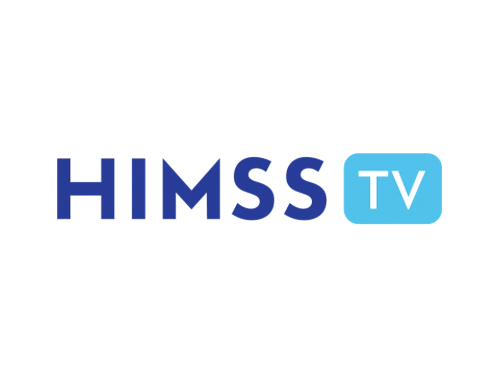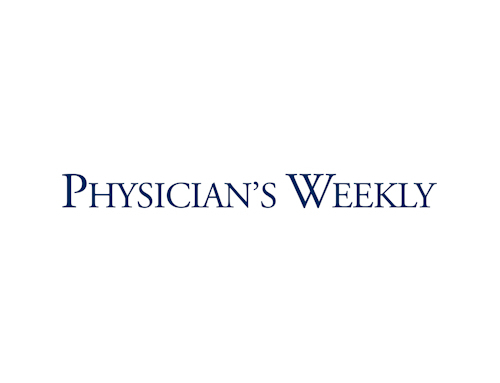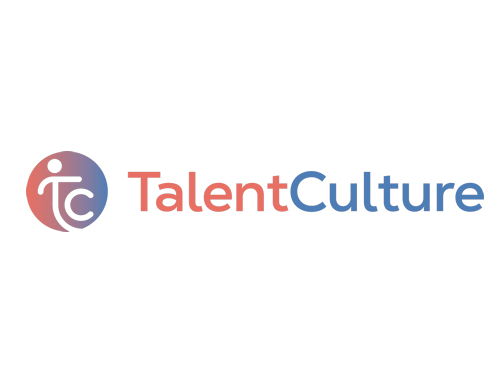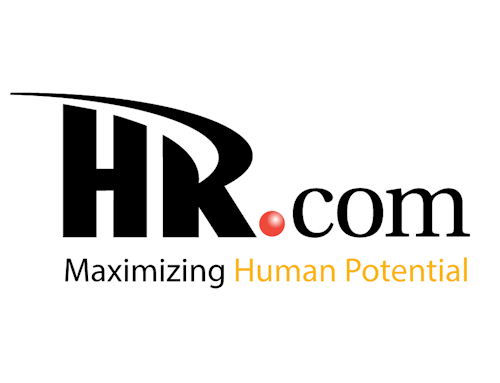Listening to your employees can boost safety, productivity, and retention.
In the dynamic manufacturing industry, where technological advancements rapidly shape the industry, human insights’ importance cannot be overstated. While machines and automation are pivotal, the human element remains central to any successful manufacturing operation.

According to the 2023 First Quarter Manufacturers’ Outlook Survey, the primary business challenge is attracting and retaining a quality workforce (74.1%), followed by increased raw material prices (60.1%), and supply chain challenges (55.8%). Active listening emerges as a transformative strategy, bridging this gap and fostering a safety, productivity, and innovation culture.
Human Insights in a Machine-Driven World
The manufacturing industry has always been on the cutting edge of technology. However, there’s an over-reliance on machine data to drive decisions, often sidelining the invaluable insights that come from the human workforce. Machines provide a wealth of data on operational efficiencies but lack a nuanced understanding of human experiences, concerns, and aspirations.
Frontline workers, with eyes and ears on the manufacturing floor, offer a perspective no machine can replicate. Their feedback can highlight risks and inefficiencies that might go unnoticed in machine data. For instance, while a machine might indicate that a process is running smoothly, a worker might point out safety hazards or suggest improvements to enhance productivity.

The Value of High-Value Work
In the race to innovate, there’s a growing emphasis on ensuring workers are engaged in high-value tasks. The goal is to move away from repetitive, menial tasks and towards roles that challenge, engage, and inspire workers. This boosts productivity and enhances job satisfaction, leading to better retention rates.
Active listening plays a crucial role in this transition. By understanding what workers perceive as high-value tasks and what they find repetitive or unengaging, leaders can redesign roles and processes to align with these insights. This approach optimizes operations and creates a more fulfilling work environment.
Feedback: Uncovering Blind Spots
Every organization has its blind spots. These areas of potential risk or inefficiency go unnoticed due to a lack of perspective. “We don’t know what we don’t know.” This is where active listening becomes invaluable.
By creating channels for open communication and feedback, organizations can uncover these blind spots. Whether it’s safety concerns, operational inefficiencies, or cultural issues, feedback from frontline workers provides a clearer picture of the ground reality. This proactive approach allows organizations to address issues before they escalate, leading to a safer, more efficient, and harmonious work environment.
Current economic and industry-specific conditions have forced manufacturing organizations to evaluate the best methods to mitigate damage to their bottom line. Decisions such as laying off existing employees, freezing hiring, reevaluating partnerships, or even offshoring can leave frontline workers feeling marginalized and undervalued. Maintaining an active communication channel throughout strategic and operational decision-making processes enables organizations to avoid this moral fallout.
Safety First
Safety in the manufacturing sector is not just a priority; it’s a necessity. An alarming report by the Occupational Safety and Health Administration (OSHA) highlighted that manufacturing employees encounter more work-related injuries than any other industry. This statistic is particularly concerning given that manufacturing workers place immense value on safety, often ranking it as a top priority in their job roles. Despite its importance, there’s a glaring disconnect between the workers’ concerns and the management’s responses.
One of the significant barriers to addressing safety concerns is the prevailing fear of retaliation. Workers often hesitate to voice their concerns, fearing repercussions or being labeled as troublemakers. This fear is compounded by the lack of clear communication channels, leaving workers feeling isolated and unheard. Even the most pressing safety issues can go unnoticed without these channels, leading to preventable accidents and injuries.
Feedback trends provide invaluable insights into the areas that need immediate attention. For instance, are all locations or divisions of a manufacturing organization adhering to the set safety standards? Is the job being made desirable, not just in terms of remuneration but also in terms of a safe working environment? Are the leaders and managers providing the necessary coaching and guidance to ensure that every worker can perform their tasks safely and efficiently?

Career Advancement Opportunities
Career advancement is not merely a ladder to climb; it’s a holistic approach to employee growth and satisfaction. One of the primary drivers influencing employee retention is the prospect of career advancement. However, it’s essential to recognize that career development isn’t just about ascending to the next job title. It encompasses a broad spectrum of opportunities to foster personal and professional growth.
An American Psychological Association (APA) study underscores the significance of career development, with a staggering 77% of respondents highlighting it as a pivotal factor in their decision to stay with an organization. But what does career development truly entail? Beyond the traditional promotions, it includes access to comprehensive training programs that enhance skill sets, mentorship opportunities that provide guidance and insights, and further education options that broaden horizons. For many employees, tuition reimbursement or other educational benefits can be a game-changer, allowing them to pursue higher education or specialized courses that can further their career trajectory.
Employee-Centric Manufacturing
Manufacturers prioritizing active listening are making a profound statement: they are invested in the individual’s success, not just their immediate output. Balancing machine and human insights is crucial in the evolving manufacturing industry. By valuing and acting upon the feedback of frontline workers, organizations can navigate the challenges of the modern manufacturing landscape and build a brighter, safer, and more productive future.
See more at:https://industrytoday.com/active-listening-in-manufacturing/





